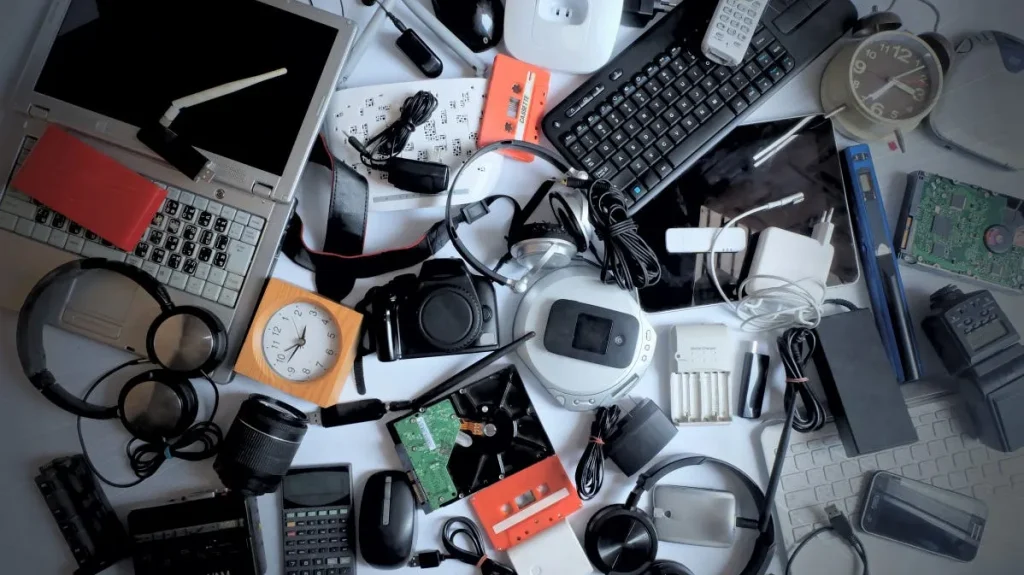
Is the idea of planned obsolescence still relevant in the digital age? Does the Coase Conjecture cause firms to engage in planned obsolescence?
During the time at Erasmus University, students of BIM were introduced to the Coase conjecture in the context of Information Strategy and pricing in monopolies. How firms decide the price for their digital information goods, what factors influence upward and downward pricing pressure and how are information goods substantially different than physical products were topics that were confronted during the course.
The Coase Conjecture
In economic theory, the Coase Conjecture is an argument that states that a monopolist firm selling a durable (digital, in this context) good that can not be re-sold is competing against its future self by having to price their good lower than they would wish for. This is possible because the customers anticipate that the firm will eventually have to lower the price of the product.
The mechanism works as follows: first, having sold the monopoly quantity at the monopoly price, the seller would like to sell a bit more, since she does not need to cut prices on the units she already sold. Second, consumers will rationally anticipates such price cuts, and thus will hold on buying until the future, lower, price is implemented by the monopolist. Lastly, provided that the seller can change prices sufficiently fast, the price must lean towards marginal cost rather quickly, that is, the price will be the marginal cost (Coase, 1972). Due to the nature of digital goods, the marginal costs tend to be zero: the digital goods have high fixed costs for development, very low marginal costs for distribution.
This argument has implications for firms in the digital goods market that behave almost like monopolists.
What are some ways companies deal with this effect in order to generate more value for their shareholders? Are these methods unethical?
Planned obsolescence
A common mechanism firms adopt to moderating the Coase Conjecture effect is Planned Obsolescence.
Planned Obsolescence is defined by Merriam-Webster dictionary as “the practice of making or designing something (such as a car) in such a way that it will only be usable for a short time so that people will have to buy another one”. Such practice has often been seen as highly unethical and sometimes illegal, to the point at which governments are considering enforcing stronger policy against it (Moore, 2021).
The idea of “planned obsolescence” has been around for about 100 years. It is said to have begun in the automobile industry, when GM decided that, to increase flagging sales, the company would make new models every year. Another example is in the fashion industry, where designers decide what people wear each year, and new designs tempt people to buy clothes they don’t need. This concept has spread to many industries, especially consumer goods, and most notably computing devices (McElhearn & Long, 2022).
Planned obsolescence in the digital world

In a digital context, planned obsolescence refers to, for example, firms deliberately releasing updates into their devices, think about Apple and its iOS, or Microsoft with Window, which over time make the devices much slower and provide virtually no benefit or features to end users. The users are then virtually coerced into buying new devices from the firms that can handle the new operating systems more efficiently. The issue with planned obsolescence in digital goods is closely connected to the technological advancements. Faster chips, new protocols, novel technologies are valid reasons for upgrading new devices, but to whom is it beneficial to release a new iPhone every year that is fairly similar to the previous year’s one?
Over time, firms like Apple or Microsoft discontinue supporting older operating systems and remove compatibility for new software on devices which are not very old, opening the company to criticism. The meme shared via Instagram by Steve Jobs’ daughter following Apple’s release of the new iPhone 14 says it all. On one hand, the company makes very small upgrades to sell new devices, and on the other quickly renders older devices obsolete. Tech giants like Apple were not spared several lawsuits, complaints and investigations about planned obsolescence, particularly over iPhones (McElhearn & Long, 2022).
Is there anything wrong with a company making a better device than the old one frequently?
Is it different if this is done deliberately or for the sake of offering a better product?
Should firms be encouraged to design products with a strong life cycle?
Are there more ethical choices than planned obsolescence a firm can make when it comes to countering the Coase Conjecture effect?
Let me know the answer in the comments!
References
Coase, R.H. (1972) “Durability and monopoly,” The Journal of Law and Economics, 15(1), pp. 143–149. Available at: https://doi.org/10.1086/466731.
Fabbrocino, R. (2022) Planned obsolescence – the obsolescence of a product is planned, designed, and built into it by its manufacturer, Lampoon Magazine. Available at: https://www.lampoonmagazine.com/article/2022/03/17/planned-obsolescence/ (Accessed: October 2, 2022).
McElhearn, K. and Long, J. (2022) Apple’s planned obsolescence: IOS 16, macos Ventura drop support for many models, The Mac Security Blog. Available at: https://www.intego.com/mac-security-blog/apples-planned-obsolescence/ (Accessed: October 2, 2022).
Moore, D. (2021) UK government to tackle planned obsolescence with ‘tough new rules’, Circular Online. Circular Online. Available at: https://www.circularonline.co.uk/news/uk-government-to-tackle-planned-obsolescence-with-tough-new-rules/ (Accessed: October 2, 2022).
